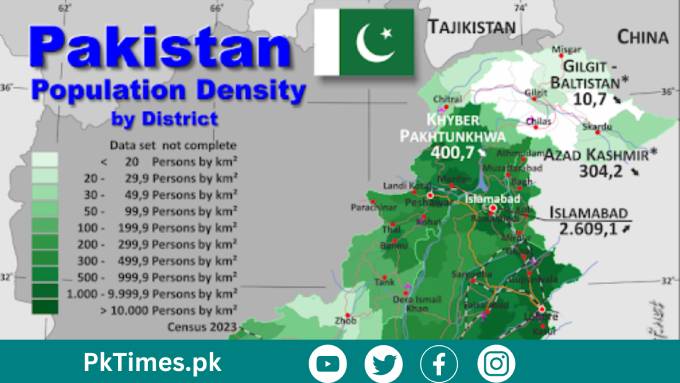Pakistan’s administrative structure is a complex network of divisions, provinces, and districts that play a vital role in governance, service delivery, and representation. At the heart of this structure are the districts, which serve as fundamental units of local administration. In this blog, we delve into the intricacies of Pakistan’s administrative divisions, focusing on the number of districts in the country and their significance.
Historical Context
The evolution of Pakistan’s administrative divisions can be traced back to its inception in 1947. Over the years, the number and boundaries of districts have undergone changes and reforms to accommodate shifting demographics, political considerations, and development needs. Understanding this historical context provides insight into the formation and organization of districts in Pakistan.
Current Status of Districts in Pakistan
As of [current year], Pakistan comprises a total of [number] districts, distributed across its provinces and territories. These districts vary in size, population, and administrative structure, reflecting the diverse geography and demographics of the country. The distribution of districts is influenced by factors such as population density, geographical features, and historical considerations.
Significance of Districts
Districts play a pivotal role in governance, service delivery, and representation in Pakistan. They serve as administrative units responsible for implementing government policies, delivering essential services such as healthcare and education, and ensuring local development. Districts also serve as electoral constituencies, electing representatives to the provincial and national assemblies.
Variations and Special Administrative Units
While most districts in Pakistan follow a standard administrative structure, there are variations and special administrative units that warrant attention. Urban districts may have different governance structures and service delivery mechanisms compared to rural districts. Additionally, special administrative regions such as the Islamabad Capital Territory and tribal areas have unique administrative arrangements due to their distinct legal and political status.
Challenges and Opportunities
Despite their significance, districts in Pakistan face various challenges related to governance, service delivery, and development. Issues such as inadequate infrastructure, limited resources, and governance gaps in remote areas pose hurdles to effective administration. However, these challenges also present opportunities for innovation, collaboration, and local empowerment to address the needs of communities.
Role of Districts in National Development
Districts are integral to Pakistan’s national development agenda, contributing to economic growth, infrastructure development, and social progress. Through local initiatives, community development projects, and integration with national development plans, districts play a vital role in translating national policies into tangible outcomes at the grassroots level.
Conclusion
In conclusion, understanding the number of districts in Pakistan provides valuable insights into the country’s administrative structure and governance framework. With [number] districts distributed across its provinces and territories, Pakistan’s administrative divisions play a crucial role in local governance, service delivery, and representation. By addressing challenges, leveraging opportunities, and prioritizing local development, districts can serve as engines of progress and prosperity for the nation.
Read more: how many provinces in Pakistan
FAQ’s
- How are districts in Pakistan created and delineated?
Districts in Pakistan are typically created and delineated through legislative processes at the provincial level. The process may involve considerations such as population size, geographic boundaries, administrative efficiency, and historical factors. Boundary changes and the creation of new districts may occur periodically in response to demographic shifts, urbanization, and development needs.
- What is the role of district governments in Pakistan’s administrative structure?
District governments in Pakistan play a crucial role in local administration, governance, and service delivery. They are responsible for implementing government policies and programs at the grassroots level, managing local infrastructure and public services, and coordinating development initiatives within their jurisdictions. District governments also serve as electoral constituencies for the election of local representatives, including district mayors and councillors.
- How do districts in Pakistan contribute to national development?
Districts in Pakistan contribute to national development by serving as focal points for local development initiatives and programs. They play a vital role in translating national policies and priorities into tangible outcomes at the grassroots level, addressing the diverse needs of communities across different regions. Through local governance, infrastructure development, and social welfare programs, districts contribute to economic growth, social progress, and overall national development agendas.


